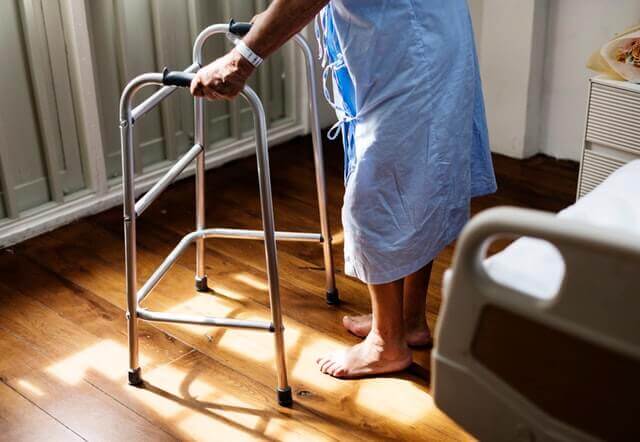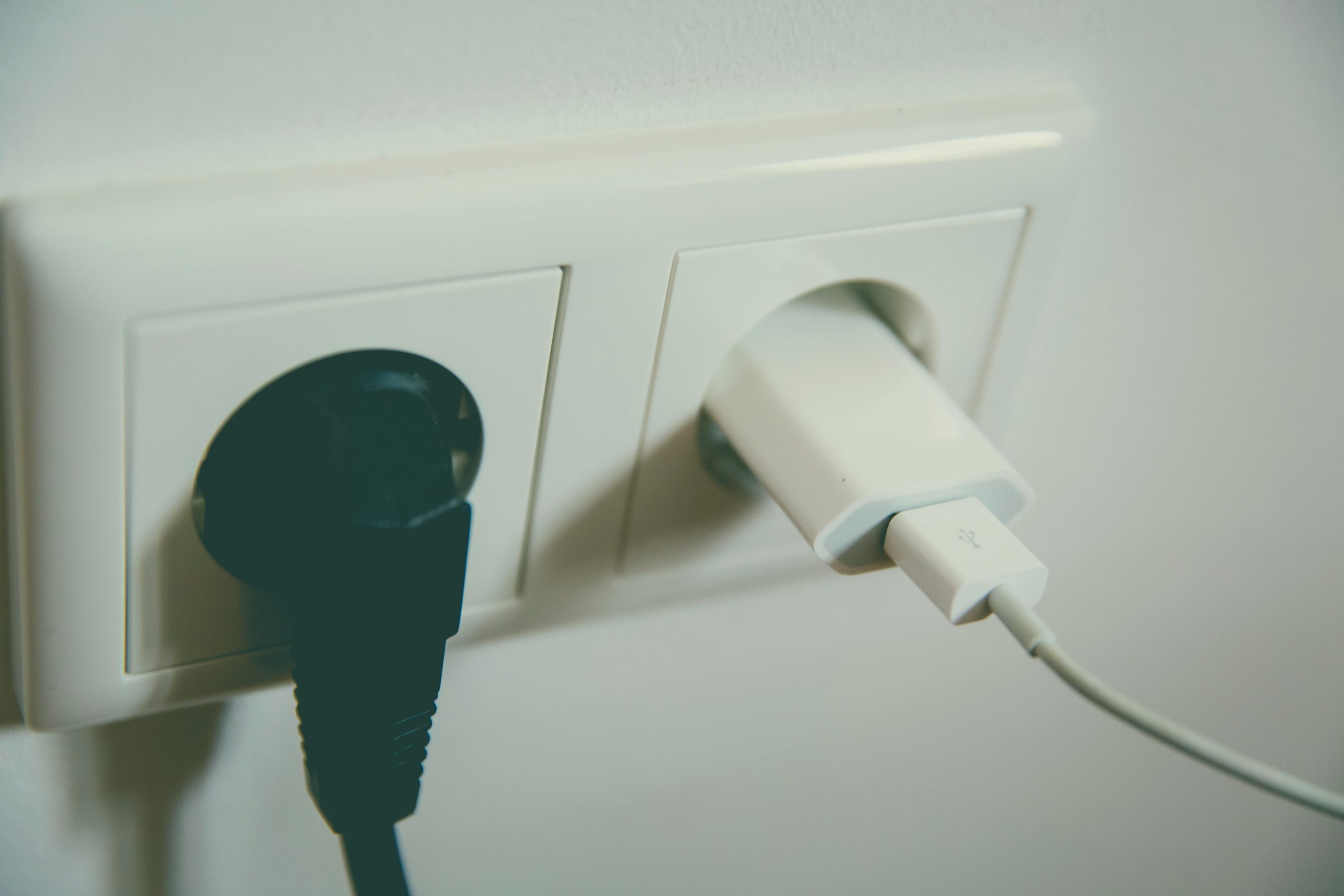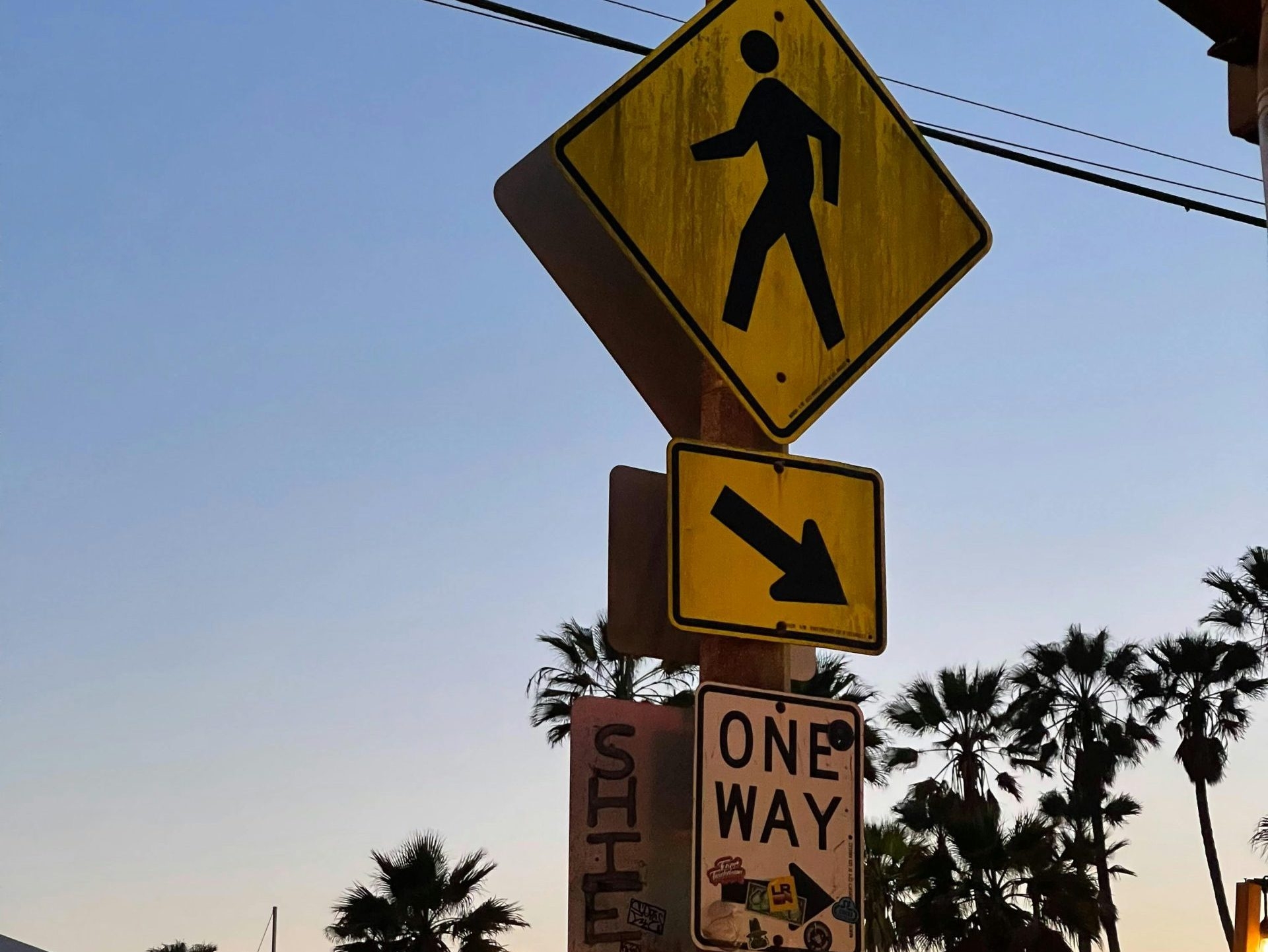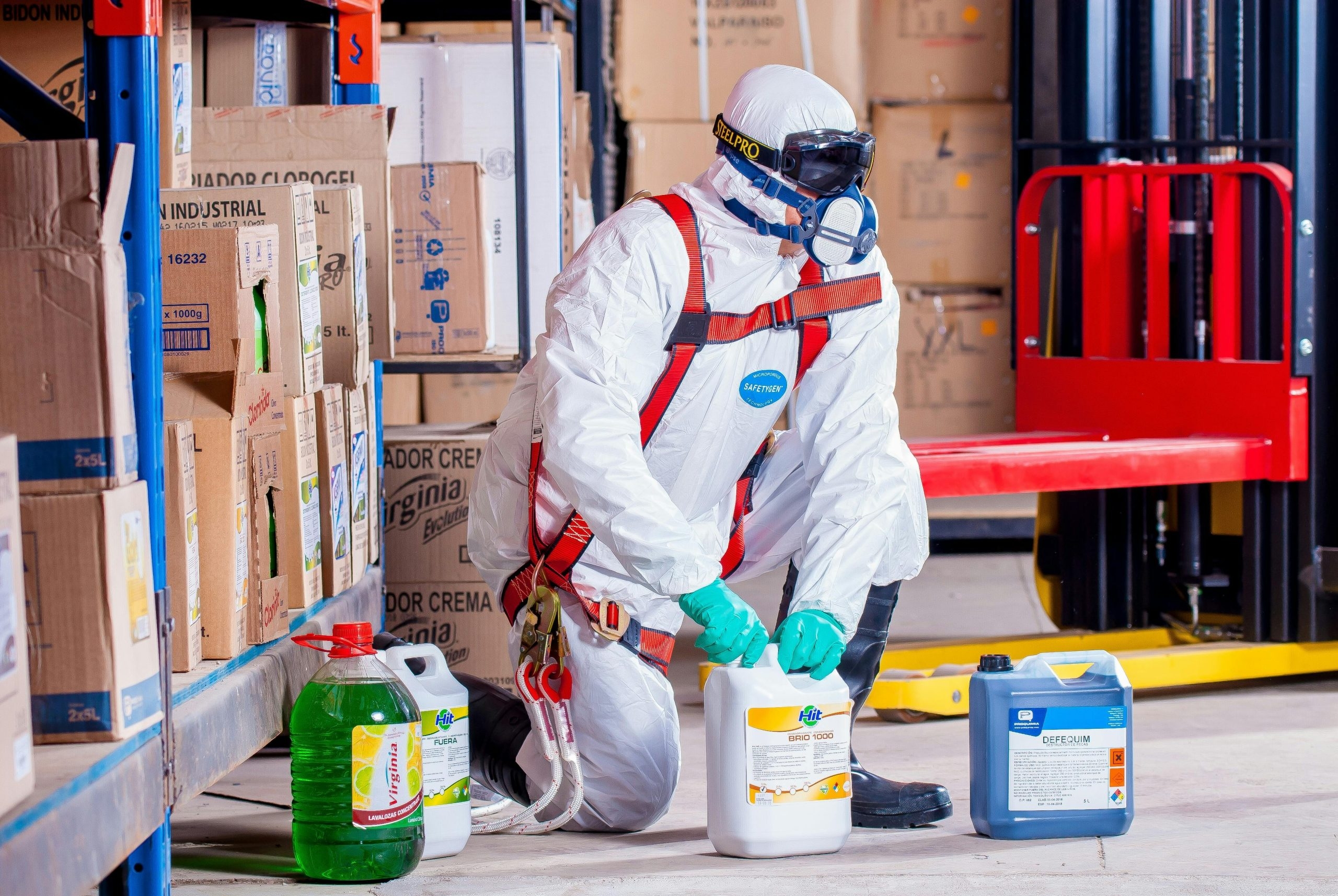 The statistics are shocking. The Health and Safety Executive reports that 1.4 million people in the UK are currently suffering from a work-related illness or injury. 555,000 injuries occur every single year at work. A staggering 144 people were killed at work in the year 2017/18. It is critical for employers to actively assess and implement strategies to avoid harm to their employees. As the numbers show, numerous employers still don’t take this responsibility seriously. When asked: “what’s the difference between hazard and risk ?”, many people are unable to give you an answer.
The statistics are shocking. The Health and Safety Executive reports that 1.4 million people in the UK are currently suffering from a work-related illness or injury. 555,000 injuries occur every single year at work. A staggering 144 people were killed at work in the year 2017/18. It is critical for employers to actively assess and implement strategies to avoid harm to their employees. As the numbers show, numerous employers still don’t take this responsibility seriously. When asked: “what’s the difference between hazard and risk ?”, many people are unable to give you an answer.
This guide will help you to understand fully what's the difference between hazard and risk, and how you use the two together to ensure your workplace is the safest place it could be.
Let's begin with a definition.
When it comes to amateur health and safety efforts, the words 'hazard' and 'risk' are often used interchangeably. However, these terms have both totally different meanings and totally different functions. Let’s take a look at definitions for both words:
- Hazard: something that could potentially cause harm.
- Risk: the degree of likelihood that harm will be caused.
In short, a hazard can cause harm. A risk is how likely it is to do so. The two terms work together to enable employers fully assess their working environment for potential dangers and prioritise them effectively. Let's look more in-depth at hazards and how they can be identified and categorised.
What Exactly Is A Hazard?
Many accidents are entirely avoidable, and the key to doing so is in minimising all possible hazards. Some items are naturally hazardous; while others harbour potential dangers if used incorrectly or inappropriately.
Hazards can be broken down into two basic categories:
- 1. Acute Hazard – these are hazards that pose obvious issues and would impact instantly. An example of this would be a liquid spillage, causing an immediate danger of somebody slipping over and hurting themselves.
- 2. Chronic Hazard – these hazards are not immediately apparent, and can have more of a hidden issue, sometimes only arising after long periods. An example of this would be the build-up of workplace stress or the gradual decline of a piece of machinery.
All hazards, whether acute or chronic fall into six core categories.
- 1. Physical - It refers to the stereotypical workplace hazard most of us would think of, for example, lighting issues, objects obstructing walkways, unsafe machinery, spillages on floors.
- 2. Chemical - This includes any form of liquid, vapour, dust, fumes or gases that could be spilt, leaked or misused.
- 3. Ergonomic - Usually stems from ill-thought-out design or spatial awareness. This can include workstations that aren't fit for healthy usage. However, this category can also include hazards associated with lack of training (e.g. manual handling) or unsafe working conditions leading to injury (e.g. repetitive movement).
- 4. Radiation - This may be more prevalent in a clinical setting and covers x-rays, gamma rays, UV and microwaves.
- 5. Psychological - This applies heavily across all industries in many forms. Examples of psychological risk include stress, working shifts, problems dealing with the public, internal harassment and lack of empowerment.
- 6. Biological - Not to be confused with chemical, biological risks involve viruses, bacteria and fungi. This can happen through bites, cuts, or contamination through contact with an infected person.
How To Identify A Hazard
 Before the start of a shift or new procedure, equipment should be checked, and surroundings should be reviewed for potential hazards, especially around high-risk areas. When designing the workflow, consider the potential hazards involved, e.g. installing a new office kitchen consists of a myriad of dangers. If you are installing new machinery, consider its features and its impact on the immediate environment.
Before the start of a shift or new procedure, equipment should be checked, and surroundings should be reviewed for potential hazards, especially around high-risk areas. When designing the workflow, consider the potential hazards involved, e.g. installing a new office kitchen consists of a myriad of dangers. If you are installing new machinery, consider its features and its impact on the immediate environment.
During Work
While tasks are being completed, ensure staff are aware of any changes. If something abnormal happens, whether that is a new smell, an unusual sound or simply an intuitive feeling, it should be clear to whom and how they should report it.
After Accidents
All accidents or injuries should be reported to Management and recorded in the accident book, including details of the full circumstances so that risks from hazards can be identified and minimised or removed.
Health and Safety Inspections
Informal and formal inspections should take place regularly, with full focus on hazard identification. A Health and Safety Supervisor or, in bigger companies, a Health and Safety Committee should take charge, planning and reviewing the results of inspections.
To make sure that no hazards are missed:
- Remember all stages of the working day, not just the main tasks. Include non-routine activities such as maintenance and repairs or cleaning.
- Look at all components of each process; all equipment and materials involved, as they may not be stored together during inspection.
- Make sure you speak to individual workers. They may have vital information that is not obvious from simple observation alone.
- Read records from previous accidents and injuries – what happened and has it all been fixed?
- There will also be risks to visitors or the public, take these into account.
To be completely thorough, it is important to imagine yourself in various scenarios. Ask yourself the following questions:
- 1. Which materials could I come into contact with?
- 2. What materials or equipment is being used?
- 3. What could I hit myself on or get myself stuck in?
- 4. What could I fall from or off?
- 5. What could I slip on or trip over?
- 6. How could I overexert myself?
Try to be imaginative and think about all of the possible things that could happen, even if the chances are minimal. Think about what would happen if violence happened in your workplace, and staff members behaved in a more erratic way than usual? What would happen if unauthorised visitors entered the building? What if a staff member was working alone and there was a fire?
How Do I Determine Risk Level?
We know from the earlier definition that a risk is a 'degree of likelihood'. But how do we work this out?  Firstly, look at the people involved. If you are working in a school and there are hundreds of children running around, there is a higher chance of them not noticing a hazard. Older, frail people may have problems with mobility or eyesight and may also miss a hazard. Young, inexperienced workers may not yet have adequate health and safety knowledge. Think also of other vulnerable groups: pregnant women, foreign workers with experience of different regulations and disabled staff or visitors.
Firstly, look at the people involved. If you are working in a school and there are hundreds of children running around, there is a higher chance of them not noticing a hazard. Older, frail people may have problems with mobility or eyesight and may also miss a hazard. Young, inexperienced workers may not yet have adequate health and safety knowledge. Think also of other vulnerable groups: pregnant women, foreign workers with experience of different regulations and disabled staff or visitors.
Secondly, look at the time. How long has the risk been there and how long will it stay there? Is this a busy time of day, or is there a particularly significant event coming up?
Finally, keeping the above people and time in mind, look at the place. How many people will come near the hazard, and how often? What other hazards may be nearby?
Introducing Risk Assessments
You have now been introduced to the concepts of hazard and risk, and should now understand what's the difference between hazard and risk. However, the chances are, you will find that your workplace is riddled with hazards, all posing different levels of risk. So how do you put everything into an effective prioritised list? The answer is with a Risk Assessment.
To identify and prioritise potential risks, they must be assessed and acted on accordingly. The best way to do this is to ask yourself the following two questions:
- 1. How severe will the consequences (or harm) be?
- 2. How likely is it to happen?
 There are different methods you can use to carry out a Risk Assessment. This blog looks at the 5 x 5 matrix method. To use this method, the person carrying out the Risk Assessment would issue a numerical value between 1 and 5 for likelihood of the hazard causing harm and also give the consequence a numerical value rating between 1 and 5. Then multiple the two numerical values together to work out the risk rating (Likelihood x Consequence = Risk Rating).
There are different methods you can use to carry out a Risk Assessment. This blog looks at the 5 x 5 matrix method. To use this method, the person carrying out the Risk Assessment would issue a numerical value between 1 and 5 for likelihood of the hazard causing harm and also give the consequence a numerical value rating between 1 and 5. Then multiple the two numerical values together to work out the risk rating (Likelihood x Consequence = Risk Rating).
What’s the Difference Between Hazard and Risk : Real Life Scenarios
Here are two scenarios that could happen in real life, featuring different forms of hazard and risk, then we have provided an example of the Risk Assessment for each.
- Example 1: An Office Spillage
Jane cleans the office of a busy law firm every evening between 10 pm and midnight. Part of this job is mopping the lobby floor. One night, while doing so, Jane kicks the mop bucket and knocks the water and cleaning agent mix onto the floor. Jane needs more water to finish the job, so takes the empty mop and bucket upstairs to refill before she can finish the job and clean up the spillage. She displays a caution wet floor sign to warn others of the spill.
Where is the hazard? In this case, this is the liquid spillage on the floor.
Who can be harmed? Cleaner, lawyers working late, security guards.
What is the likelihood of harm? The lobby is at its busiest during the day and has minimal footfall at night. There are occasionally lawyers working late, and security work in the buildings 24 hours a day. Therefore, there is a risk, but it would be lower than a comparative time of 10am-12pm. Within 15 minutes, Jane will have cleaned the spillage. The likelihood would, therefore, be a 2 (unlikely).
What is the potential consequence of harm? A member of staff could slip and injure themselves. Most of the law firm employees are young and physically able. A fall is likely to result in bruising or possibly a sprain. The severity would, therefore, be at a 3 (moderate risk).
Risk Assessment score: 2 x 3 = 6 (adequate).
- Example 2: Care Home Carpet
A carpet tile has come loose in the middle of a corridor in a busy care home, with a corner sticking up an inch in the central walkway. The walkway provides access to the resident rooms, living area and the staff kitchen.
Where is the hazard? The hazard is the defective, loose carpet tile.
Who can be harmed? Elderly residents, employees and anyone visiting the care home.
What is the potential consequence of harm?
A fall for an older person can cause severe injuries, including broken bones and the need for extended hospital time. A fall for a busy care home staff member could result in moderate injuries and potential loss of earnings. This is severe, so 4 (major).
What is the likelihood of harm? Being a care home, there is an unusually high level of people with restricted mobility and of fragile health. Further, care home staff are often very overworked and may be rushing to complete their work, increasing the risk even more. Older people with poor eyesight or spatial awareness have less of a chance of seeing the problem and avoiding it. An accident is very likely, so 5 (very likely).
Risk Assessment score: 4 x 5 = 20 (unacceptable)
As you can see, a risk rating of 20 is unacceptable in terms of risk. Control measures such as fixing the carpet needs to be implemented to reduce the risk.
What Are The Next Steps?
So, now we know what's the difference between hazard and risk, and how we use the two together to assess potential danger. But how do we ensure we are utilising this information properly to stay within the law?
The Management of Health & Safety at Work Regulations 1999 stipulates that employers must carry out Risk Assessments to be legally compliant. The five steps to a Risk Assessment are:
- 1. Identify potential hazards associated with work activities
- 2. Identify those at risk from those hazards
- 3. Implement control measures (how are you managing the risks now, what more could you do)
- 4. Record the findings of the Risk Assessment
- 5. Review the Risk Assessment regularly
Incorporating these five steps into your routine will ensure you stay on a clear path to excellent health and safety. So now, you can answer the question: “what’s the difference between hazard and risk ?" and answer confidently. Follow the lessons learnt in this guide, and you will be one big step closer to keeping your workplace and those within it happy, healthy and safe.
Our Health and Safety services are as follows:
If you would like more information on what's the difference between hazard and risk please contact our expert Health and Safety team today for free, no-strings advice:
CALL 033 33 215 005 | Email Us






